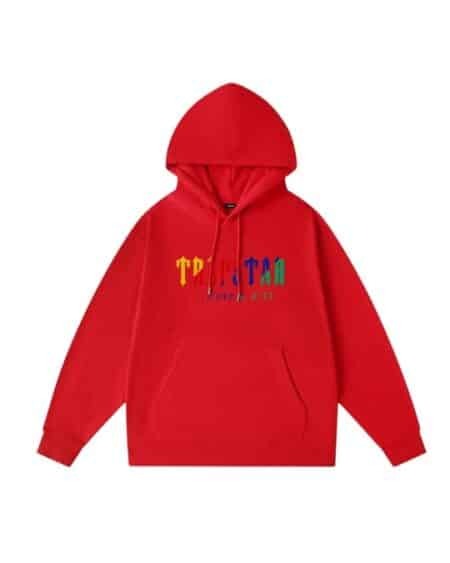Streetwear and sustainability have often been at odds. The hype-driven model of limited drops and fast consumption encourages constant buying, while sustainability emphasizes longevity, conscious production, and reduced waste. Trapstar London, a brand known for its exclusivity and cultural impact, is now at a crossroads where it can influence how streetwear aligns with sustainability. By rethinking production, storytelling, and community values, Trapstar has the potential to lead the next era of eco-conscious streetwear.
The Challenge of Hype Culture
Hype culture thrives on scarcity, urgency, and turnover. Fans chase the next drop, resellers inflate markets, and older collections are quickly replaced by new ones. While this cycle drives Trapstar’s cultural appeal, it also raises sustainability concerns, from textile waste to the environmental cost of fast production. For Trapstar, the challenge is to preserve exclusivity while reducing its ecological footprint.
Sustainability as Cultural Relevance
Today’s youth care deeply about sustainability, and brands that fail to adapt risk losing credibility. For Trapstar, embracing sustainability is not just about environmental responsibility—it’s about cultural relevance. Aligning with youth values ensures that the brand remains aspirational, proving that ambition and style can coexist with eco-conscious choices.
Material Innovation
One way Trapstar can embrace sustainability is through materials. Shifting to organic cotton, recycled polyester, and biodegradable fabrics would reduce environmental impact while maintaining product quality. Limited drops using innovative eco-friendly textiles could create hype while showcasing Trapstar’s role as a pioneer in sustainable streetwear.
Slow Fashion Meets Streetwear
Sustainability emphasizes slow fashion—creating timeless pieces designed to last. Trapstar already benefits from this model, as its limited-edition items are treated as collectibles rather than disposable trends. By highlighting durability, Trapstar can position its pieces as investments, shifting consumer behavior from overconsumption to intentional collecting.

